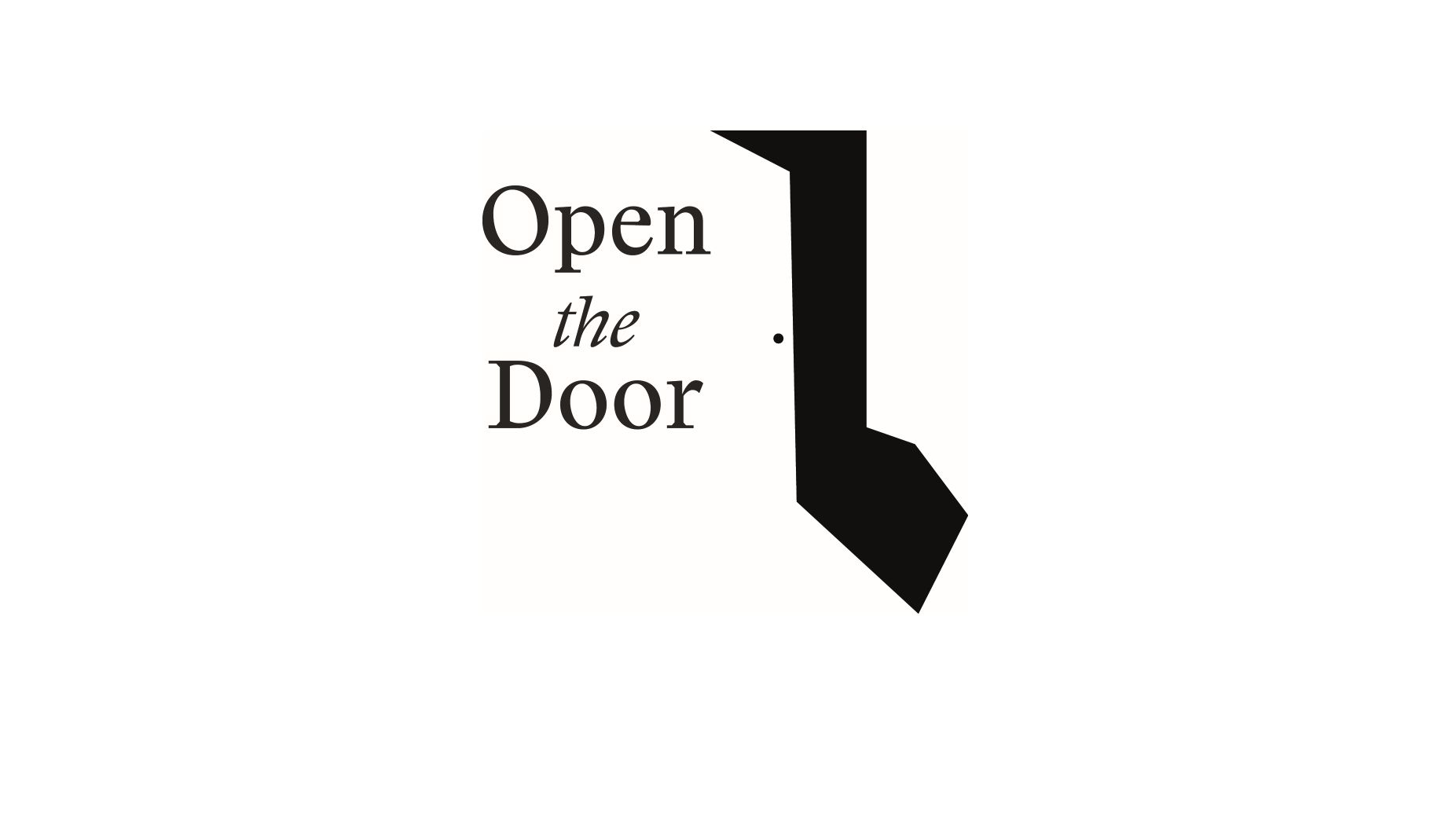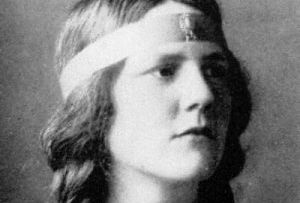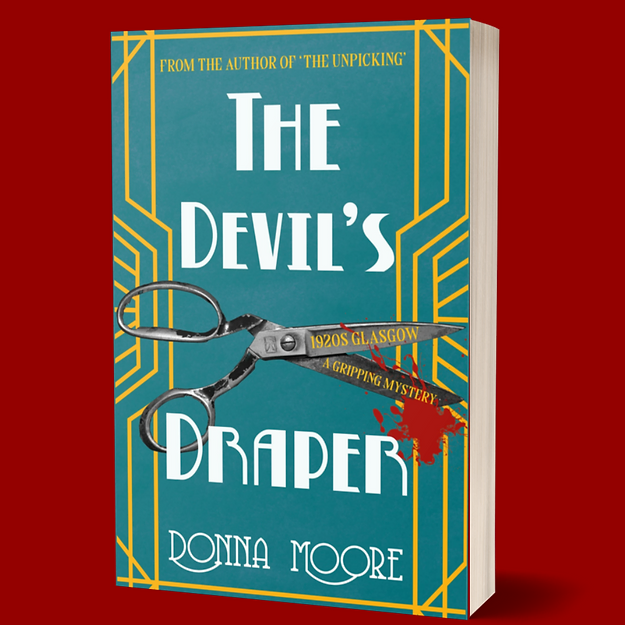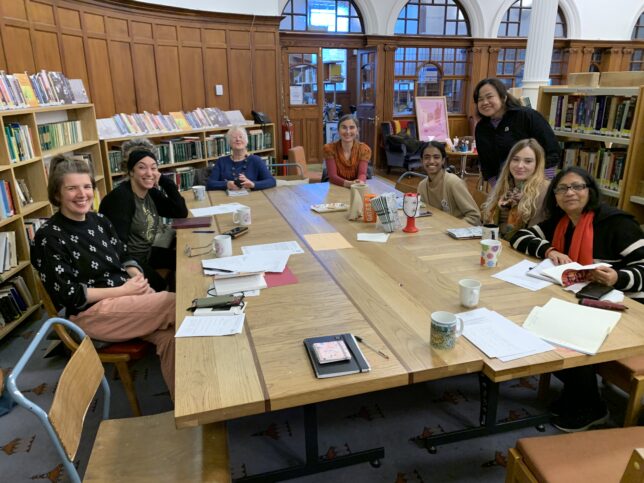
by Eilidh Smith
MARIA FIRMINA DOS REIS’ ground-breaking book Úrsula conceals an abolitionist message within the folds of a tragic love story. Written in 1859, some 29 years before Brazil would abolish slavery, the main characters in Maria’s book are white but the real power lies in her characterisation of the three black, enslaved people, and Maria’s rejection of the idea of benign slavery. Her portrayal of Tulio, Susana and Antero gives them personal histories and honours the truth of the experiences of those who were enslaved.
Here *Amanda McCoy explores Maria’s use of enslaved characters in her book Úrsula.
(In the following passage and its title we use the term ‘slave’ as this was Maria’s chosen word in the original text):
WHILE the narrative is centred around two love triangles, there is a much stronger story denouncing the appalling treatment of slaves in Brazil, from the moment they were captured in Africa until the time the romance takes place.
The old slave woman Susana’s heart wrenching story starts with a description of her happy times living in her native village in Africa, as a free woman. She goes on to describe her violent capture and the brutal boat journey across the Atlantic, where she was treated basically like an animal. She is eventually bought by Luisa B and her husband, and it is clear from Susana’s words and actions in the story that she has much love and affection for Luisa B and her daughter, who treat her kindly.
He laments his predicament as a slave in no uncertain terms, and describes the great injustice done to him and his fellow Africans.
There is another slave, Tulio, who was in effect adopted by Susana when his own birth mother passed away. Throughout the novel, he laments his predicament as a slave in no uncertain terms, and describes the great injustice done to him and his fellow Africans. He is the classic example of a young man who may have had a bright future had he been born in different times and/or under different circumstances.
The third slave, the old Antero, appears to represent the idea that a slave is just like any other human being (contrary to popular thinking at the time), with both vices and virtues, and importantly a good heart and soul. Whereas as a free man he was incentivised by good working ethics, he is now mainly interested in drinking as a means to escape his condition. Despite his short appearance, he plays an important role as he helps Tulio to escape.
—-
Click here to read a synopsis of Maria Firmina dos Reis’ Úrsula
__
*Amanda McCoy was born in Rio de Janeiro, Brazil, in 1979 to a Brazilian mother and British father. She was raised in Switzerland until the age of 16, when she moved to England with her family. She holds a degree in Philosophy, Politics and Economics, as well as a masters degree in Health Economics from the University of York.
Amanda spent a number of years living in Africa and subsequently Asia, working in the field of international health financing for various organisations, including the World Health Organization. She now lives with her husband and three children in south west England.
Amanda was keen to support Glasgow Women’s Library by creating a synopsis of Maria Firmina’s Úrsula, as she was very interested to learn more about Maria and her pioneering writing on abolitionism in Brazil, particularly in light of her own Brazilian roots and her experience in Africa. Amanda is also committed to the cause of equality for all human beings, a very strong theme throughout Úrsula.




